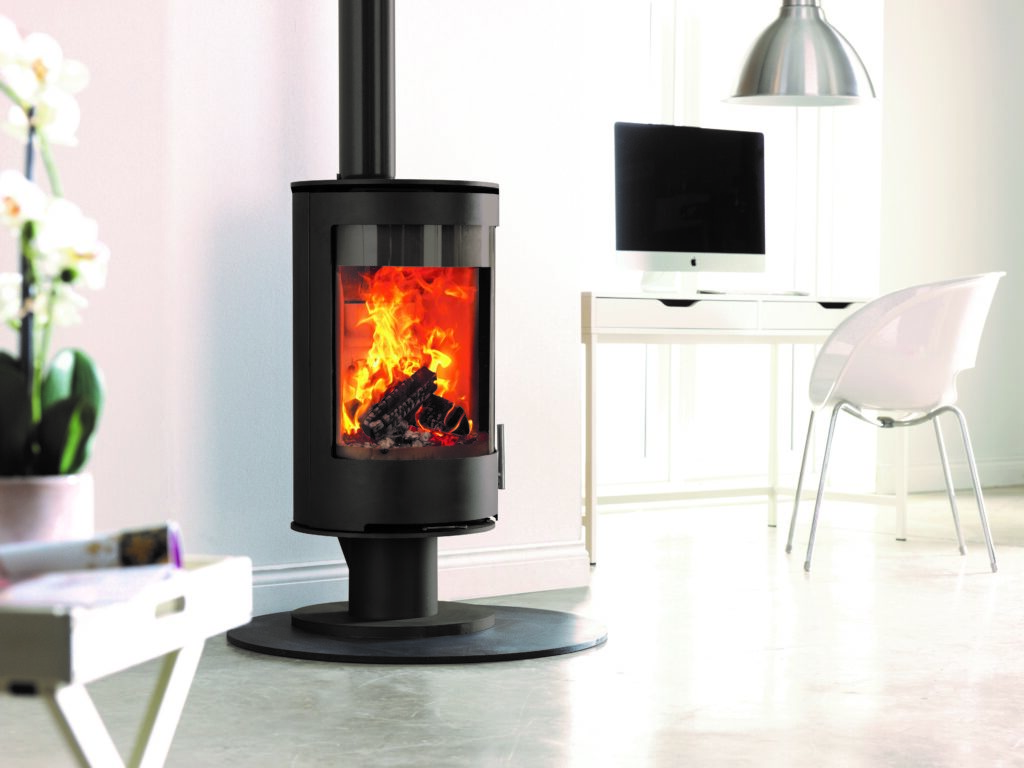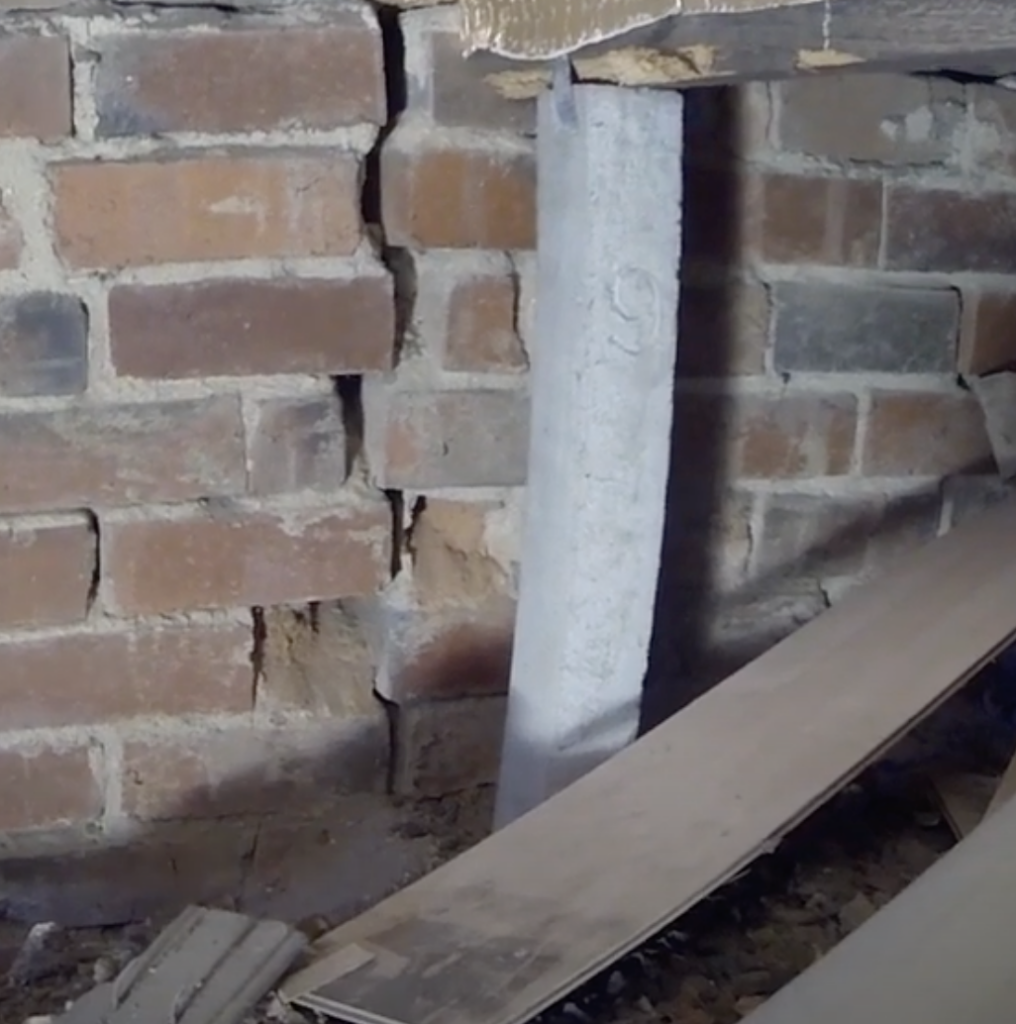New research from HETAS suggests that 1 in 10 stove and other solid fuel fire owners go years without sweeping their chimneys, putting their homes at significant risk of a chimney fire. HETAS is a not-for-profit organisation that offers a competent person scheme for installers of biomass and solid fuel heating registration for retailers and chimney sweeps and approval of appliances and fuels.
In the years 2023 to 2024, there were 2,126 chimney fires in England. Chimney fires are slowly decreasing. However, in 2023, one fire brigade reported a 240% increase in these types of fires – mainly as a result of people not having their chimneys swept.

If you burn wood, you should have your chimney swept twice a year as a minimum and at least every 12 months if you burn smokeless fuels.
What can cause a chimney fire?
1. Excess congestion, such as tar and soot despots, which can be made worse by burning unseasoned wood.
2. Non-fire-related debris, such as bird nests, can enter the chimney from above, especially over the summer, which is why it is essential to clean it before recommissioning in early autumn.
3. Previous undetected chimney fires
NB – Firewood should be correctly seasoned and have a moisture content of no more than 20%.
How to prevent a chimney fire:
1. Only burn seasoned wood
2. Make sure your chimney is swept at least twice a year for wood
3. Try and only have small fires – avoid overfilling your stove
4. Make sure there is a good air supply to your stove
5. Use a chimney liner
How can you tell you have a chimney fire?
You will often not know that you’ve had a chimney fire. A chimney fire can burn for a long time and raise the temperature inside a flue if there is a lot of tar to burn, which can easily catch fire. This can cause damage, such as cracked tile flue lining, warped metal flue lining, melted mortar, and structural beam damage near the chimney.

A chimney fire can damage the chimney, creating cracks and air pathways into the home for carbon monoxide to spread. If the damage is not repaired, a small fire in the chimney could easily spread into a devastating house fire.
Below are the telltale signs you’ve had a fire and you may need an investigation – don’t just assume that you’re safe as the fire is out.
1. Flakes of creosote on the ground, around the roof or in the firebox
2. Creosote that looks puffy or like honeycomb
3. Cracked pieces of flue tiles
4. Damaged or melted roofing material
5. A discoloured or disfigured chimney cap/rain cap or chase cover
6. Cracks in the masonry on the outside of the chimney
7. Heat damage to a TV antenna or satellite dish
Warped metal components like a metal damper, smoke chamber connection pipe, flue liner, or factory-built chimney
If you suspect a chimney fire has occurred, you should consult a relevant structural professional who can investigate and advise you on any damage.








